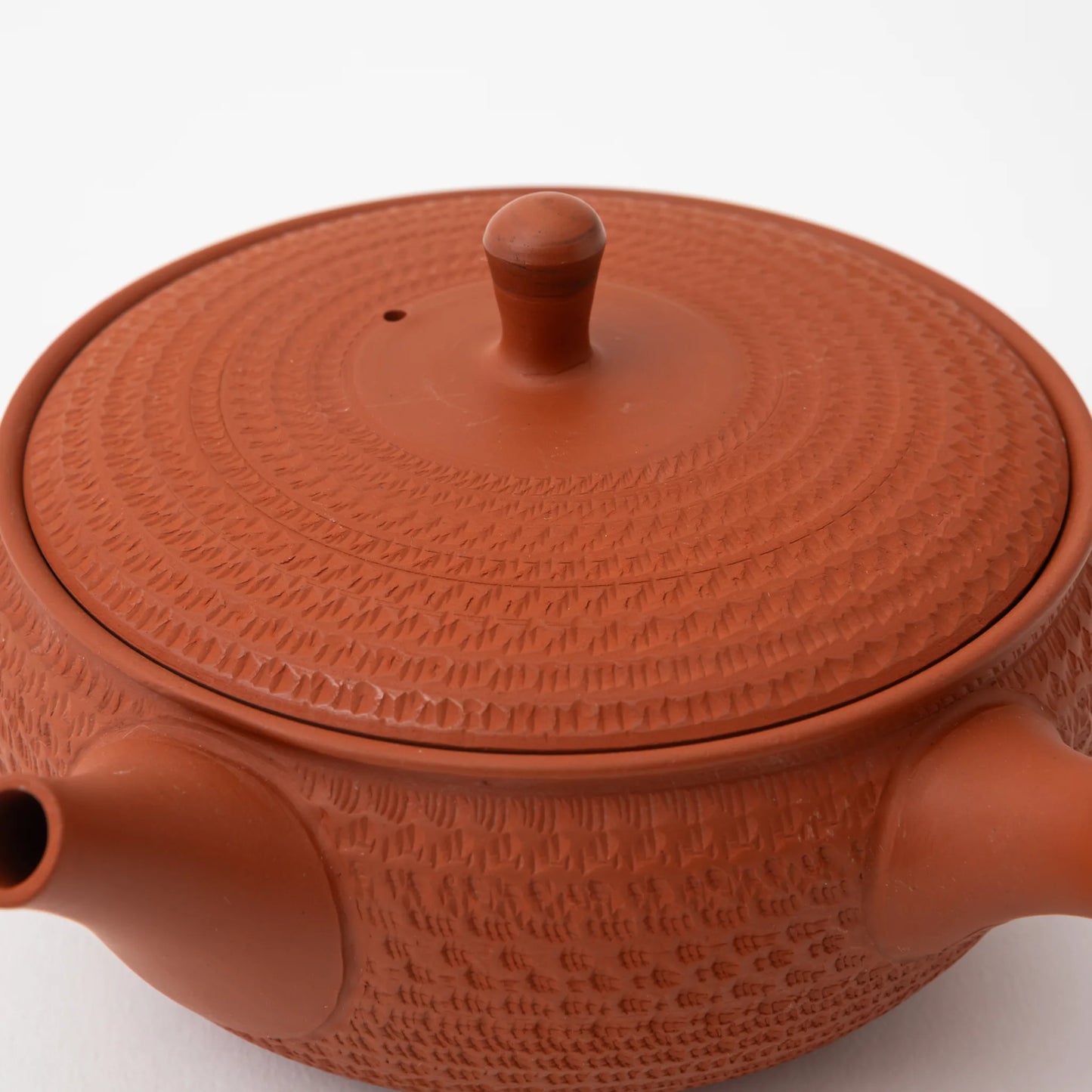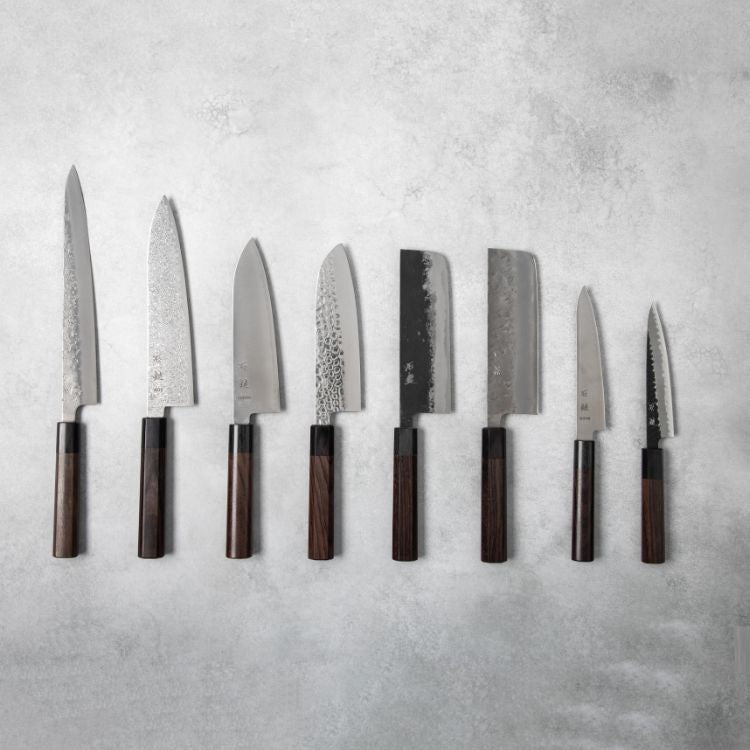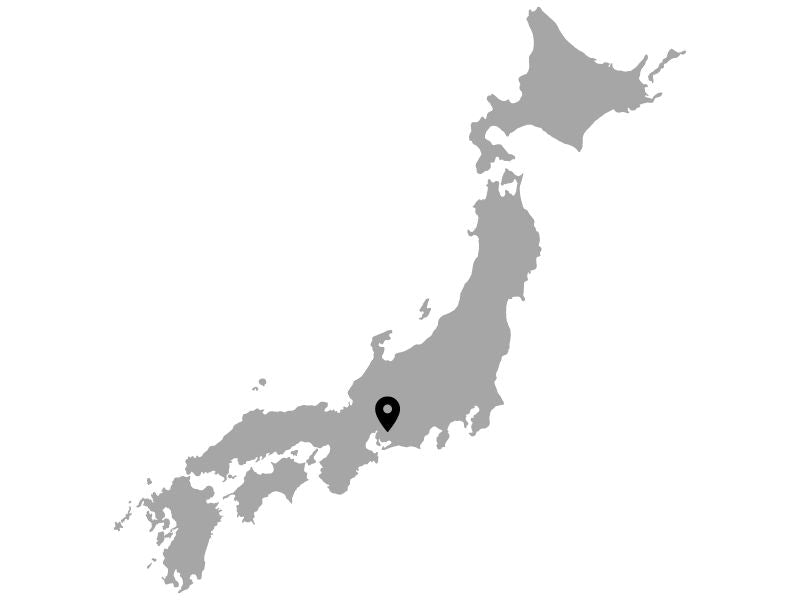Tokoname Gyokko Shudei Layered Teapot
Tokoname Gyokko Shudei Layered Teapot
Couldn't load pickup availability
The Tokoname Gyokko Shudei Layered Teapot is a refined expression of Tokoname’s celebrated clay tradition. Crafted in warm, red shudei clay, the surface is hand-carved with a delicate layered pattern that brings both texture and depth to the vessel. This intricate finish highlights the natural beauty of the material while offering a tactile elegance unique to Gyokko’s work. Designed with a wide body that allows tea leaves to expand freely, it ensures a full release of flavor and aroma, making it especially suited for sencha. The side handle provides balance and precision in pouring, reflecting the quiet functionality of Japanese teaware. A testament to craftsmanship and restraint, this teapot embodies the harmony of form and purpose that defines Tokoname ware at its finest.`
Detail
Detail
Care & Use
Care & Use
- Check our tips for care & use.









